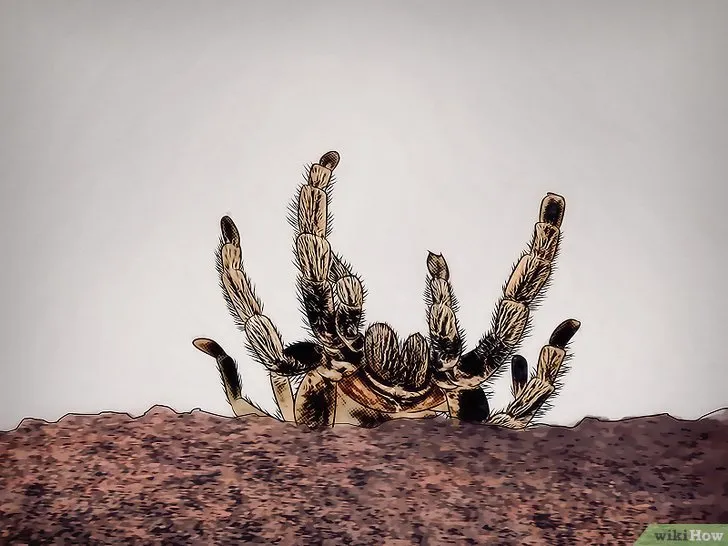Understanding Tarantula Molting
Molting is a natural and essential process for tarantulas, allowing them to grow, replace lost limbs, and shed parasites. It’s a fascinating aspect of tarantula biology, and understanding it is crucial for providing proper care. This guide will walk you through everything you need to know about helping your tarantula molt like a pro, from recognizing the signs to post-molt care. The process can seem daunting at first, but with the right knowledge and preparation, you can ensure your tarantula’s molt is as safe and successful as possible. Remember that patience and observation are your best tools during this time.
What is Molting
Molting, or ecdysis, is the process by which a tarantula sheds its exoskeleton, the hard outer covering that protects its body. This exoskeleton does not grow, so the tarantula must shed it periodically to allow for growth. The new exoskeleton beneath is soft and pliable, allowing the tarantula to expand before it hardens. The frequency of molting depends on the tarantula’s age, species, and environmental conditions. Younger tarantulas molt more frequently than adults, sometimes several times a year. As they mature, the molting frequency decreases, with adult tarantulas molting perhaps once a year, or even less often.
Why Do Tarantulas Molt
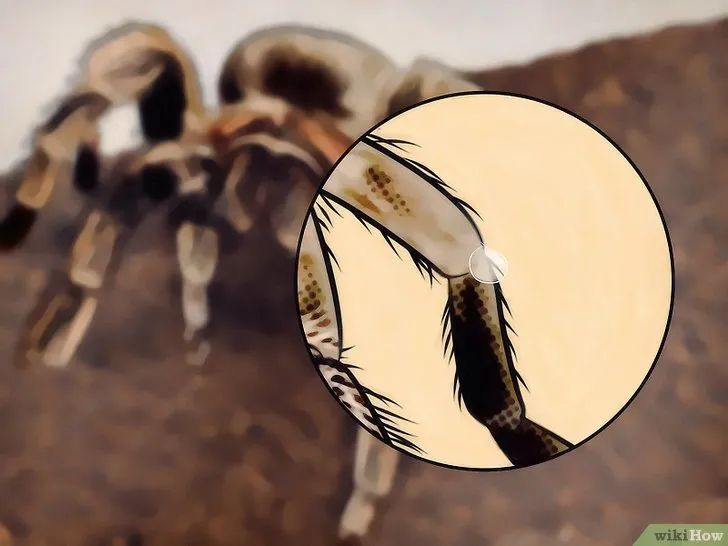
Molting serves several vital purposes for tarantulas beyond simple growth. It’s a crucial process for removing parasites, replacing lost limbs, and repairing any damage to the exoskeleton. The exoskeleton can accumulate debris and become worn over time, so molting provides a fresh, clean start. During the molt, the tarantula can also regenerate lost limbs. This is a remarkable ability, allowing them to recover from injuries and maintain their functionality. Molting also allows tarantulas to grow larger. The new exoskeleton is initially much larger, accommodating the tarantula’s increasing size before hardening. It’s a complex biological process essential to their survival and well-being.
Recognizing the Signs of an Impending Molt
Identifying the signs that your tarantula is about to molt is crucial for providing the right care and minimizing stress. There are several telltale indicators you can watch for. Recognizing these signs enables you to prepare the enclosure and avoid unnecessary disturbances that could disrupt the molting process. Careful observation is essential, as the molting process can be a vulnerable time for your tarantula, and your support can help it through the process successfully.
Changes in Appearance
One of the first signs is often a change in the tarantula’s appearance. The abdomen may appear darker or more swollen, and the skin between the segments might stretch. You might also notice a bald spot on the abdomen. This is where the urticating hairs are shed in preparation for the molt. The tarantula’s overall color can also appear duller or faded. These changes are good indications that the molting process has begun internally. It’s a good time to check on your pet daily, so you can identify any problems immediately. Observing these changes can help you to prepare the enclosure.
Behavioral Changes
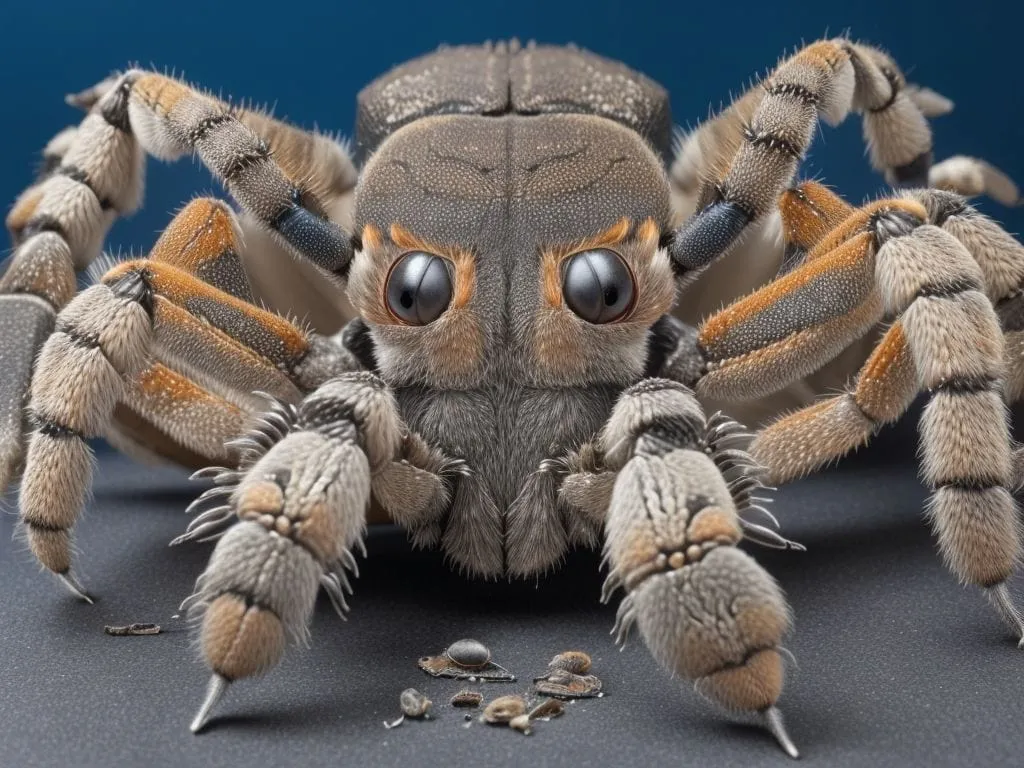
Along with physical changes, you’ll likely observe behavioral shifts. Your tarantula may become less active, spending more time hiding or burrowing. It may also refuse food, which is a clear sign that molting is imminent. Some tarantulas will seal themselves off in their burrow or web retreat. They are trying to create a safe and undisturbed environment. Avoid disturbing your tarantula if you observe these behavioral changes. Provide a stable and secure environment, ensuring that the enclosure is safe. A calm, undisturbed environment helps the tarantula go through the process successfully.
Preparing the Enclosure for Molting
Preparing the enclosure is critical for ensuring a safe and successful molt. A well-prepared environment minimizes stress and provides the tarantula with the best possible conditions. The preparation involves several steps, including maintaining the right humidity, providing a secure environment, and avoiding any disturbances. By taking these steps, you can significantly increase the chances of a healthy molt.
Maintaining the Right Humidity
Humidity plays a crucial role in the molting process. The correct humidity level helps the tarantula shed its exoskeleton properly. It is important to research the specific humidity requirements for your tarantula species. Generally, a slightly elevated humidity level is beneficial during molting. You can maintain humidity by misting the enclosure lightly with water, ensuring the substrate is slightly moist, and providing a water dish. However, avoid over-misting, as excessive humidity can lead to mold growth. It can also cause problems with the molt. Use a hygrometer to monitor the humidity levels and adjust as needed.
Providing a Safe and Secure Environment
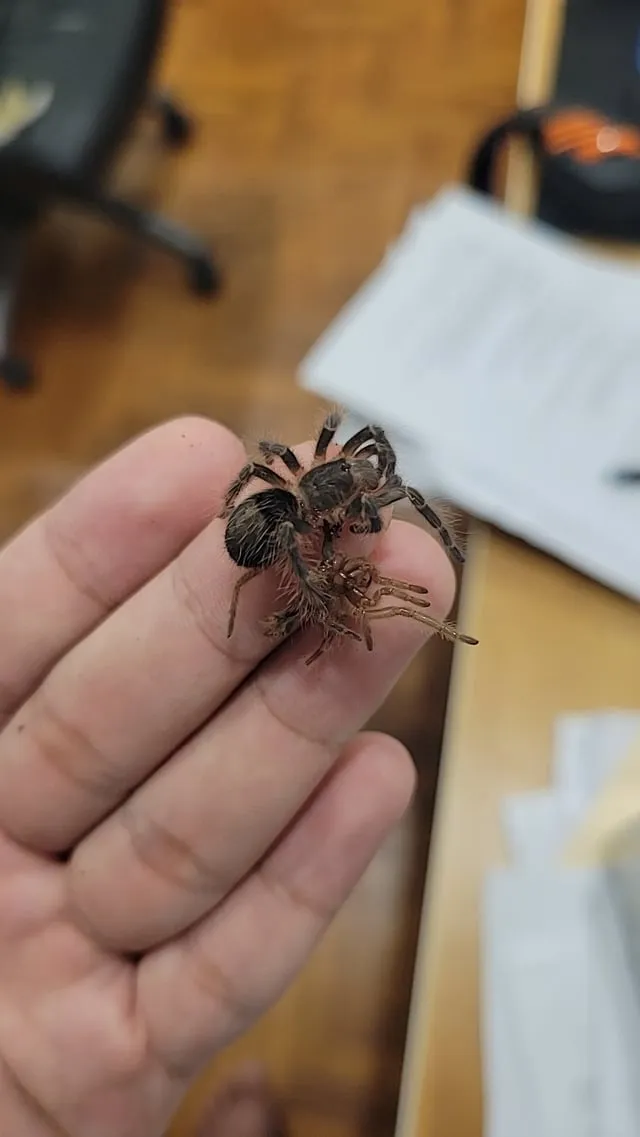
The enclosure should be a safe and secure place for the tarantula to molt. Remove any potential hazards, such as sharp objects or heavy decorations that could fall and injure the tarantula during the molt. Ensure that the enclosure is stable and will not tip over. Provide a substrate that is appropriate for burrowing, such as a mix of coco fiber and peat moss. This allows the tarantula to create a burrow, where it can safely molt. Minimize disturbances by keeping the enclosure in a quiet area away from excessive noise or vibrations. Ensure a safe and secure environment, minimizing stress to the tarantula.
What NOT to Do During Molting
There are several things to avoid during the molting process to prevent complications. Interference and unnecessary handling can cause significant stress and potentially harm the tarantula. Understanding what not to do is just as important as knowing what to do. By avoiding these common mistakes, you can help your tarantula molt safely.
Interfering With the Molt
The most important thing is to avoid interfering with the molting process. Do not attempt to assist the tarantula in shedding its exoskeleton. This is a delicate process, and any attempt to intervene can cause severe injury or even death. Do not try to remove the old exoskeleton prematurely or attempt to pull at it. Patience is key; let the tarantula go through the process at its own pace. Interference can easily lead to injury, so it is always best to let nature take its course.
Handling Your Tarantula
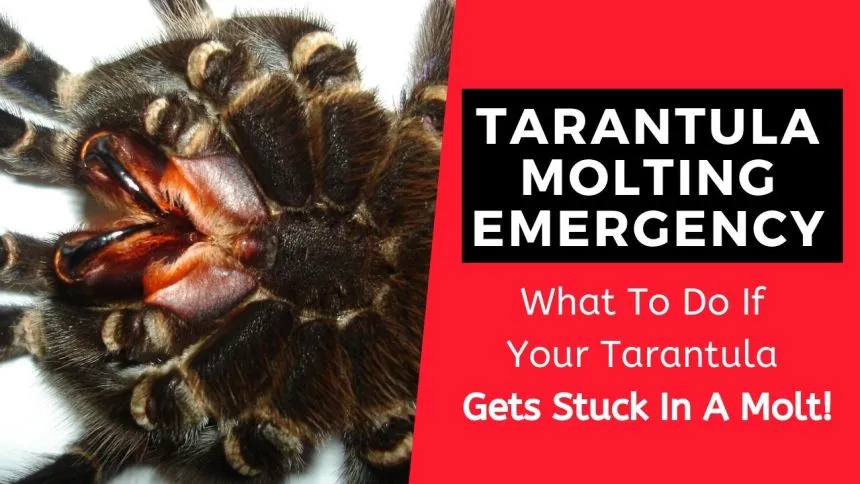
Avoid handling your tarantula during the molting process. Handling can be stressful and may disrupt the molt. It also increases the risk of injury to the tarantula. If the tarantula is molting and you need to perform any maintenance, do so with extreme care and minimal disturbance. Wait until the tarantula has fully hardened after the molt before resuming regular handling. This ensures the tarantula is not stressed and allows for a safe recovery.
Post-Molt Care and Feeding
After a successful molt, your tarantula will be vulnerable. The new exoskeleton is initially soft and takes time to harden. Providing proper post-molt care is crucial for ensuring your tarantula’s health and well-being. This involves providing adequate hydration, allowing time for the exoskeleton to harden, and gradually reintroducing food. By following these guidelines, you can support your tarantula’s recovery and growth.
Waiting Before Feeding
Wait a few days, or up to a week, before offering food. The new exoskeleton needs time to harden fully. Feeding too early can put stress on the tarantula, and it may not be able to eat properly. Observe your tarantula for signs of activity and normal behavior before offering a meal. If the tarantula seems interested in food, you can offer a small, appropriately sized meal. Start with a smaller prey item and gradually increase the size as the tarantula recovers.
Providing Proper Hydration
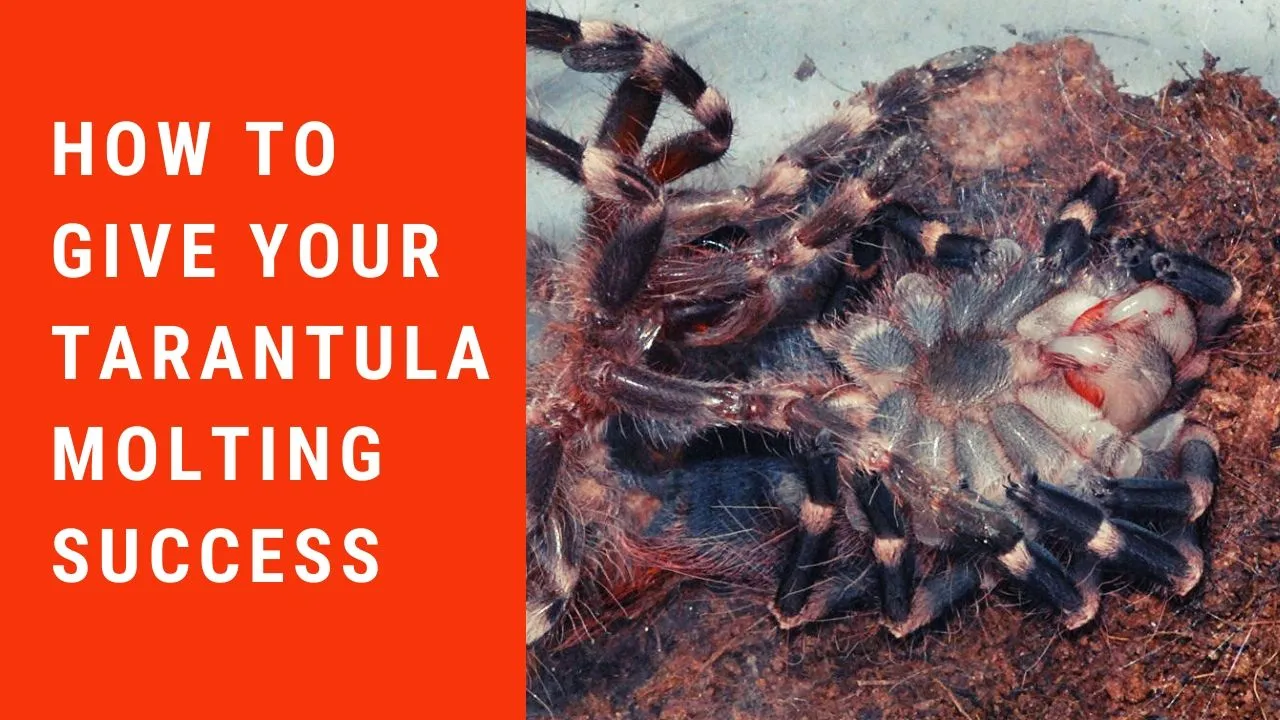
Ensure your tarantula has access to fresh water. They may be very thirsty after molting. A shallow water dish is essential, and you should make sure it is always filled. You can also lightly mist the enclosure to provide additional hydration. Regular hydration helps the tarantula recover and rehydrate after the molting process. Check the water dish daily and refill it as needed to make sure your pet is well hydrated. Proper hydration contributes to the overall health and well-being of your pet.
Common Molting Problems
While most molts are successful, complications can sometimes arise. Recognizing these potential issues allows you to take appropriate action if needed. Understanding the common problems and their possible causes helps ensure the well-being of your tarantula. Being prepared and informed can help you to respond effectively to any difficulties that may occur.
Stuck Molt
A stuck molt, where the tarantula cannot fully shed its exoskeleton, is a serious problem. This can be caused by low humidity, dehydration, or underlying health issues. If your tarantula is struggling to molt, increase the humidity in the enclosure and provide fresh water. Do not attempt to pull the old exoskeleton. In some cases, gently misting the tarantula may help. However, if the tarantula is stuck for an extended period, consult with an experienced tarantula keeper or a veterinarian specializing in exotic animals. A stuck molt can be fatal if not addressed promptly.
Losing Limbs
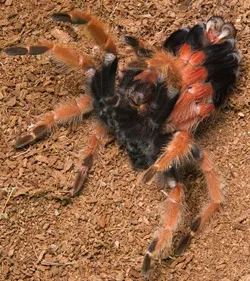
Sometimes, tarantulas may lose limbs during a molt. This can happen if a limb gets stuck in the old exoskeleton. While it might seem alarming, tarantulas can regenerate lost limbs over several molts. Ensure that your tarantula’s enclosure is free of hazards and that humidity levels are correct to minimize the risk of this happening. Provide a balanced diet and a stress-free environment to support regeneration. Over time, the lost limb will regrow. It may be smaller or slightly different in appearance. They usually regain full function with the next few molts.
Conclusion
Molting is a vital process for tarantulas, and understanding it is essential for providing proper care. By recognizing the signs of an impending molt, preparing the enclosure correctly, and avoiding common mistakes, you can significantly increase the chances of a successful molt. Remember to remain patient, avoid interference, and provide appropriate post-molt care. With knowledge and diligence, you can help your tarantula thrive and enjoy a long, healthy life. Enjoy the fascinating journey of caring for your tarantula. If you ever have any concerns, consult with a veterinarian specializing in exotic animals. Your dedication will ensure a happy and healthy life for your tarantula!
